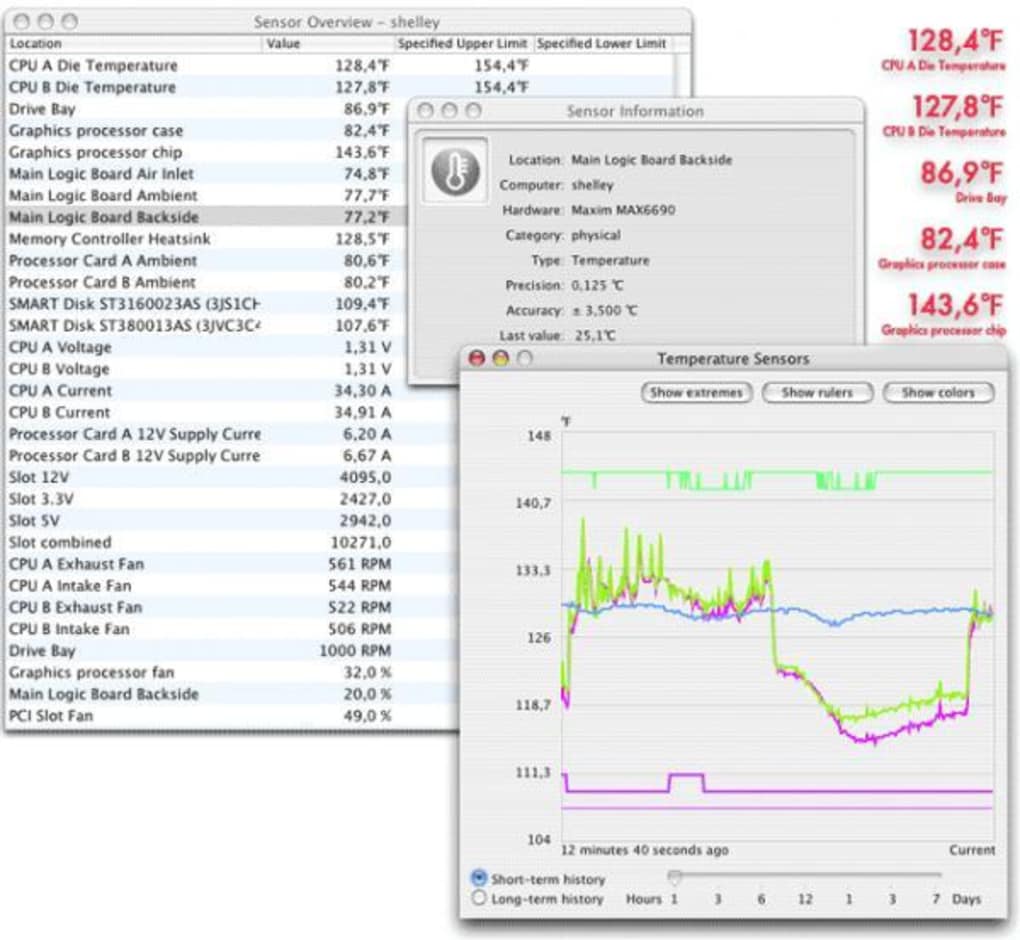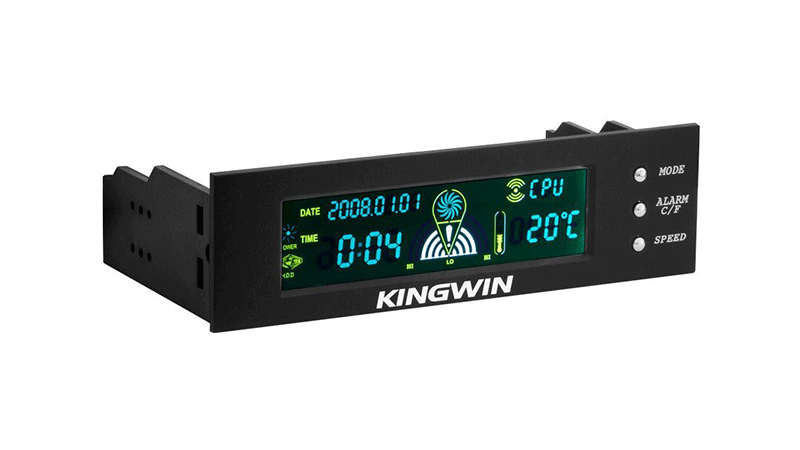

While you shouldn’t think it’s the end of the world if your modern AMD GPU is hitting 100C, it might be time to try some of the steps below to try and reduce its temperature. But remember, this is a maximum limit, so modern AMD GPUs should be kept well below this in practice. If the GPU sensors detect a ‘hotspot’ or ‘junction’ temperature (‘Tj-max’) of 110C or above, it will begin to throttle performance or, if necessary, shut down. The same is true of current-gen AMD cards like the AMD RX 6700 XT. AMD Max TempsĪn AMD blog post tells us that AMD 5700 GPUs have a maximum temperature of 110C before throttling. NVIDIA GTX 10-series cards, for example, have a maximum temp of 94C, and RTX 20-series cards have a max temp of only 88C.įor all three generations, a good baseline is to try to keep your graphics card below 80C when gaming, because this gives you a little leeway. Older generation cards have similar but not identical limits. NVIDIA RTX 30-series cards have a maximum temp of 93C, meaning they can run this hot without throttling speeds or shutting down. To check your NVIDIA card’s maximum temperature, you can look at its specifications as listed by NVIDIA. Not only will this ensure that performance isn’t throttled and your games don’t crash, but it will also reduce long-term damage to your card and increase its longevity. Normal temperatures should be as far below this limit as possible.

GPU manufacturers put safety measures in place to throttle its performance or shut it down when its temperature hits a certain maximum threshold – this is the temperature limit. GPU Temperature Limit – Normal GPU Temperatures

#Gtx temperature monitor install#
And if all else fails, you can install an aftermarket GPU cooler or RMA your graphics card if it seems so hot as to be defective. If this doesn’t work, check everything is running properly inside the PC, especially the graphics card’s fans. If it’s running too hot, remove any overclocks and make its fan curve more aggressive. To check your GPU temps, load a graphically intensive benchmark like Unigine Valley while monitoring your GPU’s temperature with software like MSI Afterburner.
#Gtx temperature monitor full#
Modern AMD GPUs should stay below 100C under full load to be safe, although the most recent AMD GPUs hit their max temperature at 110C. Modern NVIDIA GPUs should stay below 85C under full load to be safe, although many can exceed this by a few degrees before hitting their max temperatures. The Quick Answer – What is a Safe GPU Temperature?

#Gtx temperature monitor how to#
This guide will tell you what GPU temperatures you should be aiming for, how to see whether your graphics card is operating within this safe range, and what to do if it isn’t. There are several ways to do this, and most are pretty simple, so don’t worry if you notice your GPU’s running a little hot. If your GPU’s temperature is too high, you’ll need to know how to lower your graphics card’s temps. To assess your graphics card, it’s crucial that you know what its normal GPU temperatures should be. Whether you’ve just bought one of the best graphics cards or you’re curious how your older GPU is faring, knowing your GPU’s safe temperature range is important.


 0 kommentar(er)
0 kommentar(er)
